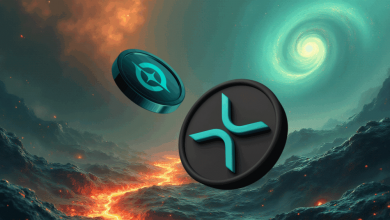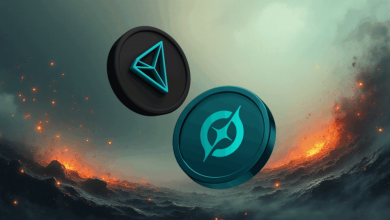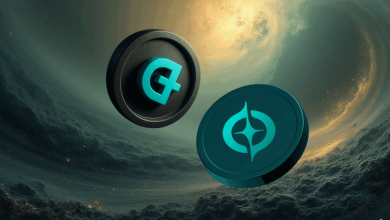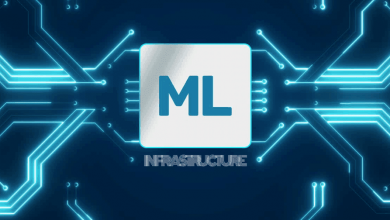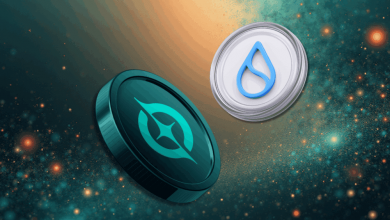TaskWing: Building a Better Way for Engineers to Plan, Ship, and Sync using AI
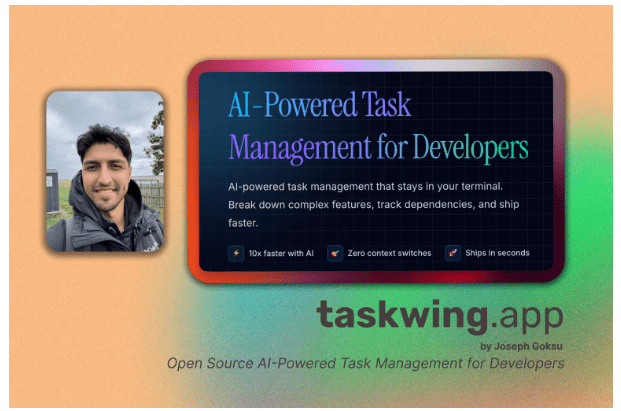
When you spend years building platforms for engineering teams, you start to notice the same small failures that keep projects slow. Tickets pile up in different systems, context lives in half a dozen places, and handoffs turn into meetings. For Joseph Goksu, a senior software engineer (platform) with a long history of shipping full products from design to delivery, the problem wasn’t lack of automation. It was that the tools engineers use every day treat work like an afterthought.
“I built platforms to remove friction for developers,” Joseph says. “But I kept seeing people lose time to coordination and context switching. I wanted a tool that fit the way engineers actually work — local, keyboard driven, and able to understand code and project state.” That practical itch led to TaskWing, an open source, developer-first task manager that marries a terminal workflow with AI-assisted task generation.
TaskWing began as a simple experiment: a command line tool that let developers manage tasks next to their code, without forcing them into yet another web app. From there it grew into something more intentional. Instead of another kanban board, TaskWing treats tasks as part of the project artifact. Tasks can be versioned alongside code, generated from repository context, and connected to dependency graphs so teams can see what actually blocks progress.
A key piece is how TaskWing uses AI. Joseph integrated the Model Context Protocol to allow TaskWing to pull contextual information from code, docs, and issue trackers, and then propose sensible tasks or break down work into smaller steps. The AI component is not a gimmick; it’s a productivity aid that extends the developer’s reasoning, helping them turn vague goals into concrete, testable tasks.
What makes TaskWing different is its focus on developer autonomy. It runs offline by default and syncs when you choose. It’s local first, fast, and keyboard centric, because those are the affordances developers actually prefer when deep in flow. At the same time, it supports collaboration: teams can sync tasks to a shared workspace when needed, keeping the benefits of local work without sacrificing coordination.
Early adopters describe TaskWing as “Git for tasks” — a system that respects the habits of engineers while offering features that most task managers overlook. Instead of forcing teams into a single workflow, TaskWing provides a structured, extensible way to manage work that adapts to different styles and project needs.
Importantly, TaskWing is open source. Joseph built it in the open with the expectation that it might remain a project for individual developers, or evolve into a product if market response supports that. That stance keeps development honest: features are driven by real usage and community feedback rather than a roadmap imagined in isolation.
TaskWing also represents a shift in how platform engineers think about impact. Where platform work once meant infrastructure and pipelines alone, the role increasingly includes product design for developer experience. Building tools like TaskWing is part of that evolution — creating systems that make teams faster not by force, but by design.
The project is still early, but it captures a clear idea: developer tools should be owned by developers, and they should fit into the daily rhythm of writing code. TaskWing aims to be that bridge — a practical tool for individuals and a flexible platform for teams. Whether it becomes a commercial product will depend on how the community and early users respond, but even as an experiment it already changes how a few teams approach their backlog.
About the founder
Joseph Goksu is a senior software engineer (platform) focused on developer experience, internal tools, and end-to-end product delivery. He maintains several open source projects and writes about engineering, automation, and platform design at https://josephgoksu.com.
Explore TaskWing: https://taskwing.app · https://github.com/josephgoksu/TaskWing · Community: https://josephgoksu.com/community
Read More From Techbullion

Source: TaskWing: Building a Better Way for Engineers to Plan, Ship, and Sync using AI
